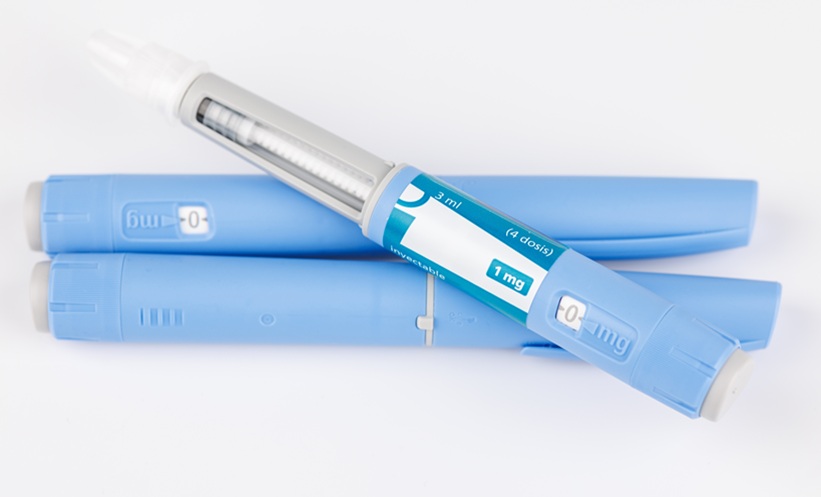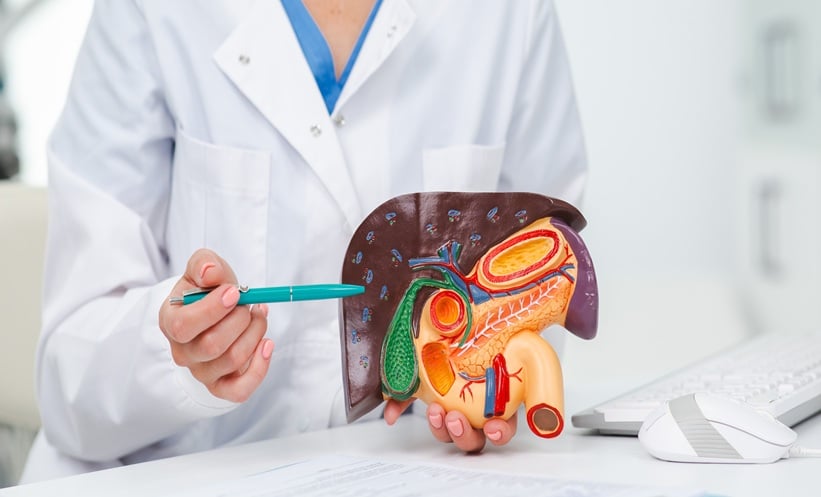METABOLIC dysfunction-associated steatotic liver disease (MASLD) is now recognised as the most common chronic liver disease worldwide. While progression to cirrhosis occurs in only a subset of patients, the high prevalence of MASLD means its long-term impact on health is substantial. The presence of fibrosis is a key predictor of major adverse liver outcomes (MALO), with risks rising sharply at more advanced stages.
Study Findings on GLP-1 and Dual Agonists
A recent study compared the effectiveness of three incretin-based therapies, tirzepatide, semaglutide, and liraglutide, in reducing MALO in patients with type 2 diabetes. Over two years, tirzepatide use was associated with a 47% reduction in MALO, particularly cirrhosis and decompensated cirrhosis such as ascites. Semaglutide also reduced MALO risk, though more modestly, with a 19% decrease. In contrast, liraglutide did not show a consistent benefit, except for a signal of reduced ascites risk.
These results highlight a potential advantage of tirzepatide, which combines GLP-1 and glucose-dependent insulinotropic polypeptide (GIP) receptor agonism. This dual action may enhance insulin sensitivity, improve lipid metabolism, and dampen inflammatory and fibrogenic pathways more effectively than GLP-1 receptor agonism alone.
Implications for MASLD Clinical Care
For individuals with MASLD and Type 2 diabetes, these findings suggest that tirzepatide and semaglutide could play a significant role in reducing liver-related complications while also improving cardiometabolic outcomes. The dual benefits are particularly important given the overlap between obesity, metabolic syndrome, and liver disease.
Importantly, the study adds real-world evidence to the growing body of clinical trial data showing that glucagon-like peptide-1 receptor agonists (GLP-1 RAs) and dual agonists may modify the course of liver disease, not just metabolic risk. While longer-term randomised controlled trials are needed, the evidence supports considering tirzepatide or semaglutide over liraglutide or DPP-4 inhibitors in patients with MASLD at risk of fibrosis progression.
With MASLD affecting millions globally, the potential to reduce both liver and metabolic complications through novel therapies is significant. Tirzepatide, in particular, offers promise as a therapy that could help address the rising tide of liver-related mortality, while also improving broader health outcomes in high-risk populations.
Reference
Henney AE et al. Target trial emulations of GLP-1 and dual GLP-1/GIP agonists to reduce major adverse liver outcomes in type 2 diabetes. Liver Int. 2025;45(10):e70367.








